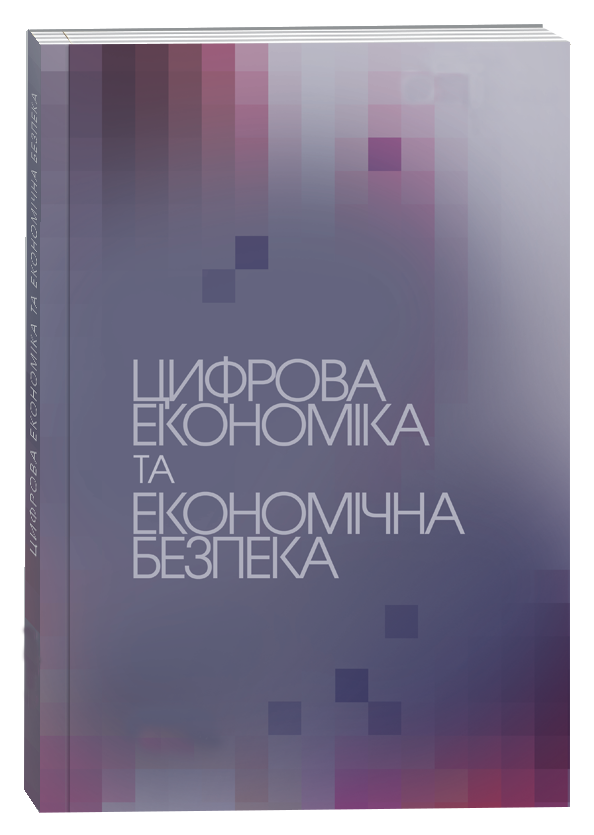FEATURES OF MODERN NATIONAL MODELS OF GREEN ECONOMY DEVELOPMENT
Abstract
The relevance of the topic is the need for understanding the mechanisms of transition of the national economic system from the model of the brown economy to the model of the green economy, which are unique for each country. The author has used such research methods as historical method, method of comparison, generalization method. As a result, the author identifies the factors influencing the differentiation between national models of building a green economy. The comparative characteristics of the main national models of the green economy of the countries of the world have been given. The author's list of the main such strategies has been proposed. The author highlights the important features inherent in the traditional model of the green economy and identifies the main countries implementing such a model. The article identifies the leading trend of the "greening" of national economies in recent decades - dematerialization - which proves their transition from a traditional to a more developed "transitional" one. The main features of this model have been defined. Characterizing the planned model of the green economy, the author emphasizes that it has become the most widespread in countries with a catch-up type of economic development. The main basic elements of this model have been defined in the article. Among others, the author has proposed to single out the administrative model. The article emphasizes that it was most widespread in states with developed traditions of strict administrative restrictions on economic activity and identifies its main features. The author emphasizes that the next, market model, reflects the existing inter-country and inter-regional differentiations and has become the most widespread in the OECD countries. The article defines the key distinctive characteristics of this model. In the end, the author emphasizes the main defining features of the idealistic model of building a green economy. The practical value of the article lies in the justification, based on the learnt experience of various countries of the world, the effective mechanisms for developing the green economy in Ukraine.
References
Green Growth Index 2020: Measuring performance in achieving SDG targets. GGGI technical report, NO. 16. Global Green Growth Institute. Republic of Korea. 2020. URL: https://greengrowthindex.gggi.org/wp-content/uploads/2021/01/2020-Green-Growth-Index.pdf
Караєва Н. В., Сегеда І. В. Генезис екологічної парадигми сталого розвитку цивілізації: сутність і етапи становлення. Економічний вісник НТУУ «КПІ»: збірник наукових праць. 2010. №7. С. 27-32.
The Bioeconomy to 2030: desingning a policy agenda. OECD, 2009.
Smil V. Still the Iron Age. Butterworth-Heinemann. 2016.
Стратегічні пріоритети безпечного розвитку України на засадах «зеленої економіки»: монографія / В. Г. Потапенко; [за наук. ред. д.е.н., проф. Є. В. Хлобистова]. Київ: НІСД, 2012.
Гершенкрон А. Экономическая отсталость в исторической перспективе. Дело РАНХиГС. 2015.
Geng Y., Doberstein B. Developing the circular economy in China: challenges and opportunities for achieving «leapfrog development». International Journal of Sustainable Development and World Ecology. 2008. Vol. 15. Р. 231-239.
Ekins P., Domenech T., Drummond P., Bleischwitz R., Hughes N., Lotti L. The Circular Economy: What, Why, How and Where. OECD/EC Workshop «Managing environmental and energy transitions for regions and cities», Paris. 5-th July 2019. URL: https://www.oecd.org/cfe/regionaldevelopment/Ekins-2019-Circular-Economy-What-Why-How-Where.pdf
Towards Green Growth: Monitoring Progress: OECD Indicators, OECD Green Growth Studies, OECD Publishing. 2011.
Building a Green Infrastructure for Europe. European Commission. Brussels 2013.
Green Growth Index 2020: Measuring performance in achieving SDG targets. (2020) GGGI technical report, NO. 16. Global Green Growth Institute. Republic of Korea. Available at: https://greengrowthindex.gggi.org/wp-content/uploads/2021/01/2020-Green-Growth-Index.pdf
Karayeva N., Segeda I. (2010) Genezis ekologichnoyi paradigmi stalogo rozvotku tsivilizatsii: sutnist i etapi stanovlennya. [The genesis of the ecological paradigm of sustainable development of civilization: essence and stages of formation] Economic bulletin of NTUU "KPI": a collection of scientific papers, no. 7, pp. 27-32.
The Bioeconomy to 2030: desingning a policy agenda. (2009) OECD.
Smil V. (2016) Still the Iron Age. Butterworth-Heinemann.
Potapenko V. G. (2012) Strategichni priopitety bezpechnogo rozvitku Ukraini na zasadah zelenoyi ekonomiki: monographia [Strategic priorities of the safe development of Ukraine on the basis of the "green economy": monograph]. Kyiv: NISD.
Gershenkron A. (2015) Ekonomicheskaya otstalost v istoricheskoy perspective. [Economic backwardness in historical perspective]. RANHiGS, Case.
Geng Y., Doberstein B. (2008) Developing the circular economy in China: challenges and opportunities for achieving «leapfrog development». International Journal of Sustainable Development and World Ecology, vol. 15, pp. 231-239.
Ekins P., Domenech T., Drummond P., Bleischwitz R., Hughes N., Lotti L. (2019) The Circular Economy: What, Why, How and Where. OECD/EC Workshop «Managing environmental and energy transitions for regions and cities», Paris. 5-th July. Available at: https://www.oecd.org/cfe/regionaldevelopment/Ekins-2019-Circular-Economy-What-Why-How-Where.pdf
Towards Green Growth: Monitoring Progress: OECD Indicators, (2011) OECD Green Growth Studies, OECD Publishing.
Building a Green Infrastructure for Europe. (2013) European Commission. Brussels.
